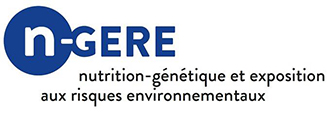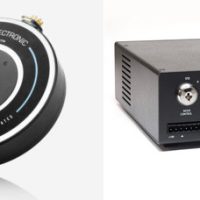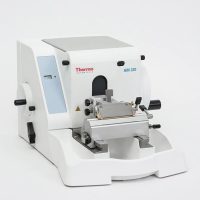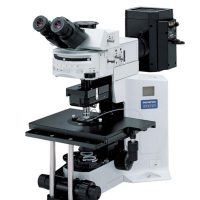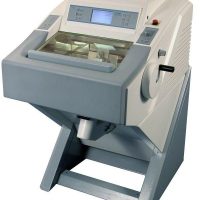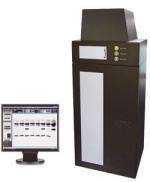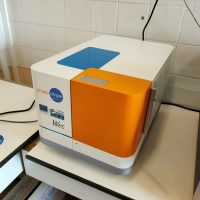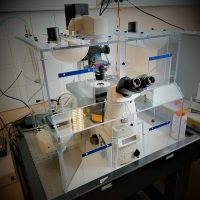The western-blot/immunohistology sector of the NGERE laboratory is divided into 5 technical rooms allowing the immuno-detection of proteins. To carry out its experiments, the laboratory has various equipment:
Western-blot equipment
The western-blot is a semi-quantitative method of molecular biology allowing the detection and identification of a protein in a complex mixture (tissues, cell culture, serum…) thanks to antibodies specifically directed against the sought-after protein. The antibody is coupled to the HRP enzyme and thus allows the detection of the presence of this protein by chemiluminescence emission.
- Electrophoresis equipment (PowerPacTM Basic, Biorad)
Separate proteins according to their molecular weight in a polyacrylamide gel using a controlled electric current. - Trans-blot (Trans-Blot TurboTM System, Biorad)
Rapid transfer of proteins from the gel to a membrane - Fusion detector (Fx7, Vilber)
Detects the chemiluminescence emitted by the enzymatic reaction of the HRP coupled to the antibody to reveal the presence of the protein
Wes automated capillary electrophoresis system (Proteinsimple, Bio-Techne)
This is an automated capillary electrophoresis system coupled with chemiluminescent detection by protein immunostaining. This high-tech device allows to separate and analyze proteins faster, with a lower quantity (< 1 µg) and with a better sensitivity and reproducibility than the classical western-blot
Microscopes dedicated to immunocytochemistry/immunohistochemistry (IHC/IF) analysis
Immunochemistry is a method to detect and localize a protein on a tissue section or on a cell culture thanks to antibodies specifically directed against this protein. The antibody is coupled to a fluorochrome which emits photons at a precise wavelength when observed under a fluorescence microscope.
- Cryostat HM560 Microm
Allows to make thin sections of cold tissue - Microtome HM325 Microm
Allows to make thin sections (5-10 µm) of tissues embedded in kerosene - Fluorescence microscope BX51WIF, Olympus :
Allows rapid observations of immunolabeled sections and localization of the protein of interest by exciting the fluorochromes with a light source (Mercury) and specific filters (DAPI, FITC, TRITC). This microscope is associated with a software allowing the capture and the exploitation of images. - Confocal microscope C2, Nikon :
Allows to make very precise observations of immunolabelled sections and to localize precisely, thanks to a focusing of photons and a step by step displacement in the z axis, the proteins of interest by exciting the fluorochromes via light sources (405, 488 and 543nm lasers). This microscope is associated with a software allowing the capture and the exploitation of the data - White light microscope:
Allows the observation of immunostained (DAB) or specifically stained (HES, Trichrome Masson, etc.) histological sections
Contact
Tel. : 0033.3.72.74.61.49
